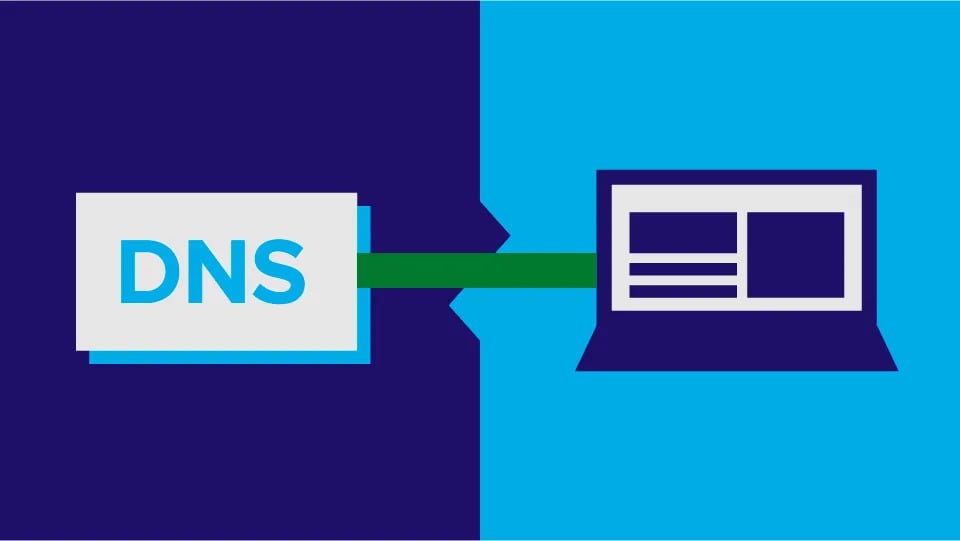What is DNS Enumeration?
Within the world of technology, where communication and information trade happens at the speed of light, space names play an urgent part. They serve as human-readable addresses that permit us to get to websites, send emails, and connect with different online administrations. Behind the scenes, a basic handle known as DNS (Domain Name System) is capable of deciphering these space names into their comparing IP addresses. Be that as it may, this system’s significance too makes it a potential target for malevolent exercises, one of which is DNS enumeration.
What is DNS Enumeration?
DNS enumeration is the process of locating all the DNS servers and their corresponding records for an organization. DNS enumeration will yield usernames, computer names, and IP addresses of potential target systems. The list of DNS records provides an overview of types of resource records (database records) stored in the zone files of the Domain Name System (DNS). The DNS implements a distributed, hierarchical, and redundant database for information associated with Internet domain names and addresses.

Importance for Security Professionals
DNS enumeration plays a pivotal role in modern cyber security. DNS enumeration is vital in identifying all the DNS servers and associated records in an organization. This assists in:
- Revealing usernames, computer names, and IP addresses that could potentially be targeted in cyberattacks
- Discovering misconfigured networks that can inadvertently expose internal address space
- Finding exposed login panels from web-based assets
- Locating potential points of ingress for attackers
Security professionals rely on DNS enumeration for these purposes.
Through DNS enumeration, security experts can glean details about the various resource records within DNS zone files, deepening their understanding of an organization’s infrastructure, and identifying security flaws. It can also lead to the discovery of obscured web services or pages associated with a domain but not visibly linked to the main site, increasing the surface area for potential exploitation. In managing these vulnerabilities, it’s vital to consider methods that effectively reduce exposures across your attack surface, ensuring a robust defense against expanding digital threats.
Inspirations behind DNS Enumeration
Whereas DNS enumeration can be utilized for authentic purposes like arranging examination and system administration, it’s moreover a tool in the arms stockpile of cyber aggressors. Malicious actors utilize DNS enumeration to accumulate data for different evil exercises, counting:
- Brute Force Attacks − Attackers can utilize counted subdomains to conduct brute constraint assaults on websites, endeavoring to recognize helpless focuses of passage.
- Phishing − Uncovering mail servers and subdomains helps in persuading phishing campaigns, driving casualties to malevolent websites.
- Social Engineering − Information on an organization’s domain structure can help assailants in carrying out social building assaults by creating personalized and persuading messages.
- Targeted Misuses − Detailed data around an organization’s network and domain structure can offer assistance to aggressors to distinguish particular vulnerabilities to abuse.
Techniques of DNS Enumeration
- DNS Zone Transfers: Zone transfers allow querying authoritative DNS servers for a complete list of DNS records within a specific domain. While essential for DNS replication between servers, misconfigured servers may permit unauthorized zone transfers, exposing sensitive information to attackers.
- DNS Brute Forcing: In DNS brute forcing, attackers systematically query DNS servers with a list of possible domain names or subdomains to identify valid entries. This technique exploits common naming conventions and dictionary words to uncover hidden assets within the network.
- Reverse DNS Lookup: Reverse DNS lookup involves querying DNS servers to resolve IP addresses back to domain names. This technique assists in mapping IP addresses to associated domain names, providing valuable insights into the network’s infrastructure.
- DNS Cache Snooping: DNS cache snooping exploits misconfigured DNS servers or caching mechanisms to retrieve cached DNS records. Attackers can extract valuable information from DNS caches, including recently accessed domains and IP addresses, facilitating reconnaissance and targeted attacks.

Conclusion
DNS enumeration, whereas having legitimate use cases, could be a procedure that can be misused by cyber assailants to gather critical information for pernicious purposes. Organizations have to be mindful of this risk and take proactive measures to secure their DNS infrastructure. In conclusion, DNS enumeration underscores the significance of vigilance in an interconnected digital world. Whereas it presents challenges, it moreover offers an opportunity for organizations to upgrade their security posture. By understanding the nuances of DNS, adopting robust security measures, and fostering a proactive security mindset, organizations can explore the digital scene with certainty, defending their resources and keeping up belief in a progressively online-centric era.